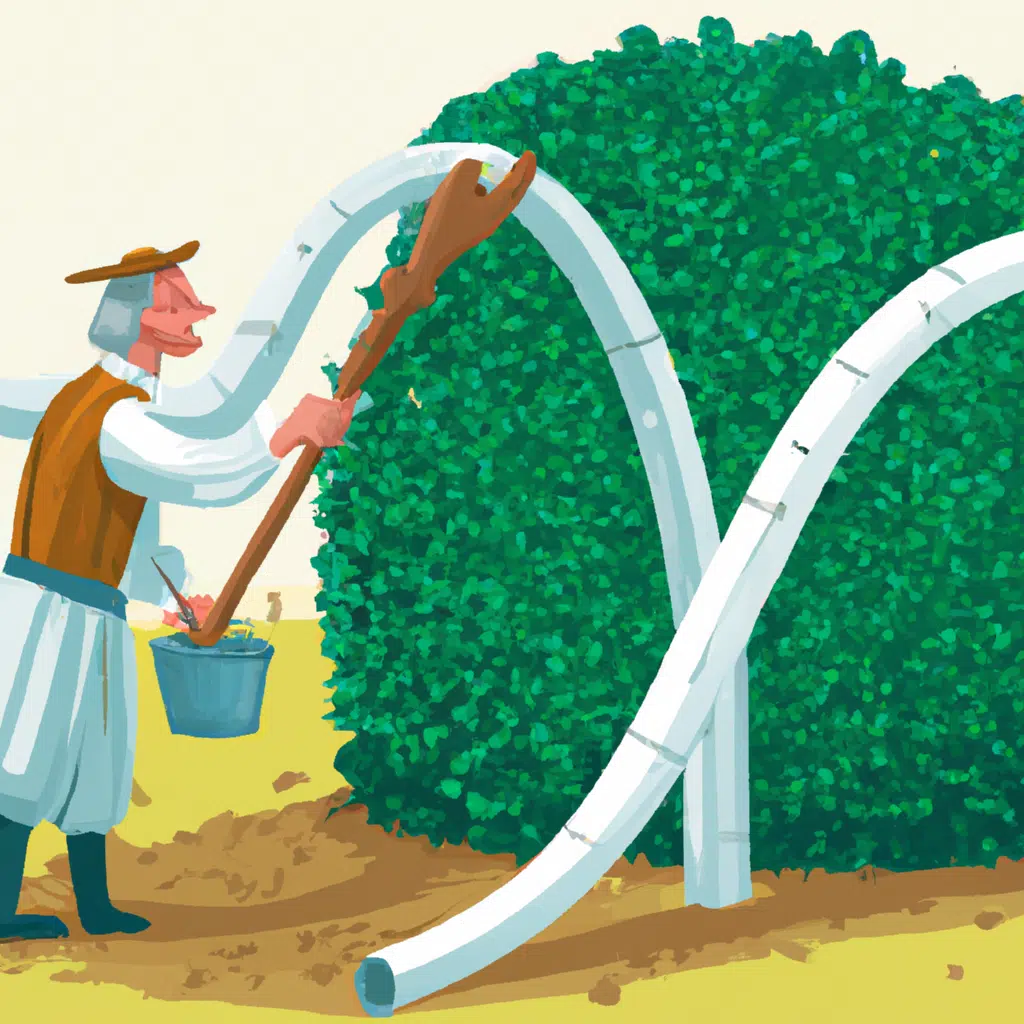Do you want to have a thriving garden in Kingsbury, but you struggle to keep up with watering your plants? Don’t worry, you’re not alone. Many people face this challenge, especially during the hot and dry summer months. However, with a sustainable watering system in place, you can keep your garden healthy and vibrant all year round.
The Importance of Watering Your Garden
Before we dive into the details of creating a sustainable watering system, let’s first understand the importance of watering your garden. Water is essential for plant growth and survival. Without adequate water, plants can wilt, become stunted, or even die. Water also helps plants absorb nutrients from the soil and regulate their temperature.
However, overwatering can be just as harmful as underwatering. It can lead to root rot, soil erosion, and nutrient leaching. That’s why it’s crucial to find the right balance and ensure your plants get just the right amount of water they need.
Assess Your Garden’s Watering Needs
The first step in creating a sustainable watering system is to assess your garden’s watering needs. Different plants have different watering requirements based on their species, age, size, and location. For example, some plants prefer well-draining soil, while others thrive in moist soil.
To determine your garden’s watering needs, you can perform a simple soil test. Insert a finger or a small trowel about two inches into the soil. If the soil feels dry to the touch, it’s time to water your plants.
Choose the Right Irrigation System
Once you know your garden’s watering needs, the next step is to choose the right irrigation system. There are several types of irrigation systems available, including:
Drip Irrigation System
A drip irrigation system delivers water directly to the plant’s roots through a network of tubes and emitters. This system is highly efficient as it minimizes water wastage and reduces the risk of overwatering. It’s also easy to install and maintain.
Sprinkler System
A sprinkler system distributes water over a large area by spraying it from above. It’s ideal for larger gardens with a variety of plants. However, it can be less efficient than other irrigation systems, as it can lead to water wastage and uneven distribution.
Soaker Hose
A soaker hose is a porous hose that delivers water directly to the soil, minimizing water wastage. It’s ideal for gardens with rows of plants that require consistent watering.
Install a Rainwater Harvesting System
One of the most sustainable ways to water your garden is to collect rainwater. A rainwater harvesting system collects rainwater from your roof or other surfaces and stores it in a tank or barrel. You can then use this water to water your plants, reducing your reliance on the municipal water supply.
To install a rainwater harvesting system, you’ll need a few basic tools and materials, including a downspout diverter, a storage tank, and a hose or watering can to distribute the water.
Mulch Your Garden
Another way to conserve water and reduce the frequency of watering is to mulch your garden. Mulch is a layer of organic material, such as leaves, straw, or wood chips, that you lay on top of the soil. Mulch helps retain moisture in the soil, reduce weed growth, and regulate soil temperature.
To mulch your garden, spread a layer of mulch about two to three inches thick around your plants, but be careful not to cover the plant’s base or stem.
Conclusion
Creating a sustainable watering system for your Kingsbury garden is not only good for the environment but also good for your plants. By assessing your garden’s watering needs, choosing the right irrigation system, installing a rainwater harvesting system, and mulching your garden, you can conserve water and keep your garden healthy and thriving. So, get started today and enjoy a beautiful and sustainable garden all year round.


